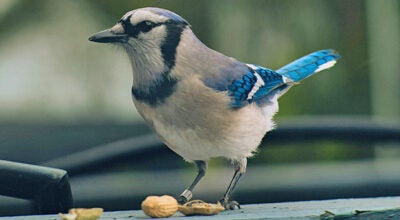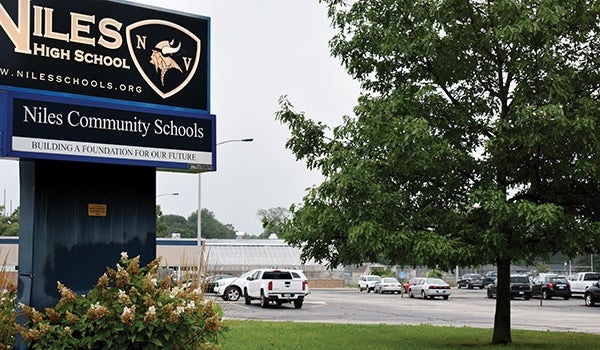Love Creek hosts ‘Our Wetlands at Work’ July 17
Published 1:12 pm Wednesday, July 3, 2013
“Our Wetlands at Work” takes place Wednesday, July 17, at 6:30 p.m. at Love Creek Nature Center, 9292 Huckleberry Rd., Berrien Center.
This meeting is free. Refreshments will be offered. If you plan to attend, an RSVP at (269) 324-1600 would be appreciated. However, an RSVP is not required to attend.
The event is hosted by several local organizations to address opportunities for conserving critical wetlands to safeguard regional water quality.
Hosts include the Southwest Michigan Land Conservancy, Friends of the St. Joe River, Southwest Michigan Planning Commission, Cass and Berrien Conservation Districts, Natural Resources Conservation Service, Ducks Unlimited, MEANDRS and the St. Joseph River Basin Commission.
Over the last century, Michigan has lost more than 50 percent of its wetlands. This trend is not unique to our region, and nationally we’ve experienced the impacts of wetland loss, including increased flash floods, decreased water quality and alarming threats to public health and safety.
There is great national interest across the political spectrum to protect and enhance remaining wetland resources.
Locally, they have studied Berrien and Cass counties and developed a prioritization tool to focus wetland conservation and restoration efforts where they are most needed to protect water resources and provide wildlife habitat.
This prioritization tool has utility for local governmental officials, local planners, drain officials and conservation organizations. Understanding at a detail level the functions a particular wetland or riparian resource serves is beneficial to long-range planning in many capacities. There are numerous existing conservation programs available to safeguard and restore these important resources. Many include valuable incentives for doing so.
The study is an independent watershed assessment administered by the Friends of the St. Joe River that ranks wetlands throughout the larger St. Joseph River Watershed based on the significance of functions they serve (for example, soil retention, floodwater storage, high quality amphibian habitat, etc.) These are functions that in turn protect soil resources, water quality and, ultimately, livelihoods.






